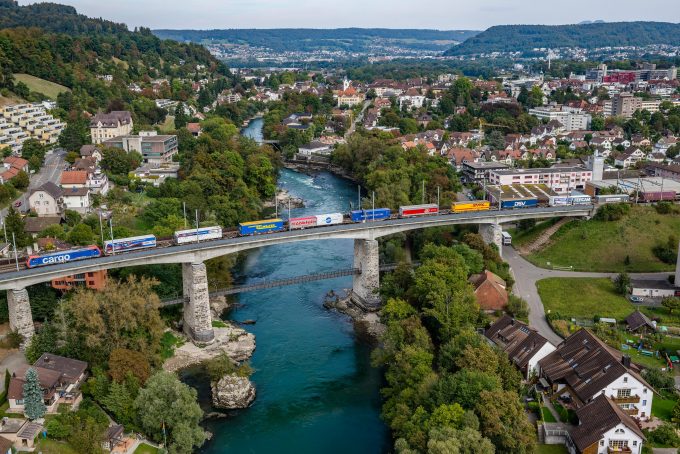BNSF and JB Hunt target J-I-T volumes with new intermodal service
BNSF Rail and JB Hunt have made an ambitious push to attract US shippers with ...

The Rhine Valley rail freight corridor via Rastatt reopened last night, allowing European intermodal operators full-capacity on north-south services again.
However, Swiss intermodal operator Hupac noted that “due to the intense re-routings of locos, wagons and staff on alternative routes over the last seven weeks, it ...

Comment on this article